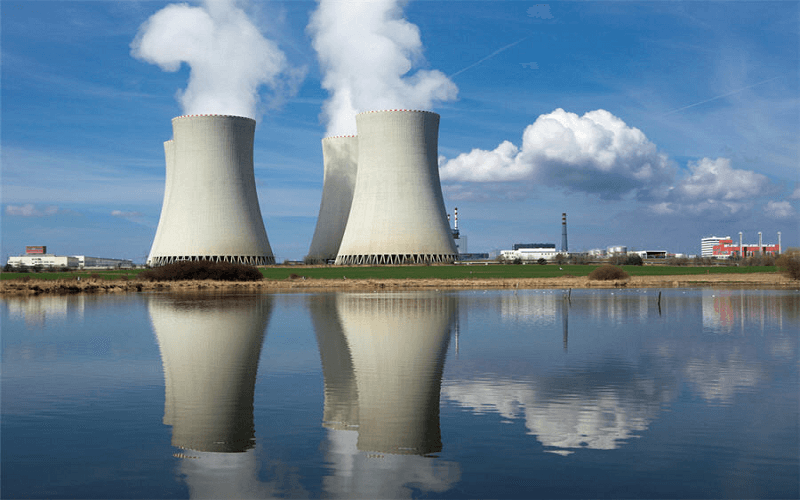
Uranium was the glaring exception amid a broad-based rally in metals and minerals in 2016. The price of U3O8 fell 41% in 2016 with the industry tracker UxC’s broker average price hitting 12-year lows below $18 per pound in November.
Then, against expectations, the price started to turn. When top supplier Kazakhstan announced in the second week of January that it’s cutting output by 5.2 million pounds, equal to 3% of global production, the rally seemed justified.
By February 10 the price had climbed 50% from its November low at $26.75 a pound despite more indicators of weakness to come including Japanese utility TEPCO’s declaration of Force Majeure on a key uranium delivery contract from Cameco Corp. (CCO-T), top listed uranium producer.
Uranium has been drifting lower since then, trading at $22.75 last week. Now a development in the US could breather new life into the uranium rally.
Rob Chang Managing Director and Head of Metals & Mining – Canada at Cantor Fitzgerald in a research note on Monday highlights large cuts made by the US Department of Energy in the amount of uranium that it disperses into the market.
Chang believes the development is very positive for the sector. The 2 million pounds allowed by the Dept for the remainder of 2017 and the 3.1 million pounds for 2018, are notably less than the 5.5 million pounds equivalent that was occurring in prior years.
This is effectively an annual cut of 2.4 million pounds or nearly half the Kazakh output reductions and should take some pressure off the spot market says Chang:
The announcement by Kazatomprom sparked a spot uranium price rally from US$20.25/lb to a peak of US$26.00/lb, or by 28%. Uranium equities across the board experienced large gains during the same period.
Combined, the Kazakh and U.S. DOE cuts amount to 7.6M lbs of U3O8 equivalent, which is 4.8% of our forecast production at the beginning of 2017.
Cantor Fitzgerald’s supply and demand forecast projects likely shutdowns and production curtailments if realized prices are flat-lined at US$40 per pound as shown in the graph.
Nevertheless, today’s prices are still a long way away from the all-time high of nearly $140 a pound reached in June 2007. Uranium’s weakness persists despite strong fundamentals with only reactors already being built – 66 in total, mostly in China – expected to increase the global need for uranium by a fifth from today’s levels.
Following the Fukushima reactor meltdown in 2011, market expectations were that Japan would move quickly with restarting their reactors, but 38 remain shut five years on.
Uranium that would have been delivered to Japan is being stockpiled. UxC estimates global inventories as high as 1.4 billion pounds of which some 800m pounds are sitting utilities and most of the remainder with the Russian and US governments.
While not all stockpiles can easily be brought onto the market, roughly 173 million pounds are needed per year to feed the world’s more than 400 operable reactors which means enough uranium is above ground for the next eight years.
Source: www.mining.com